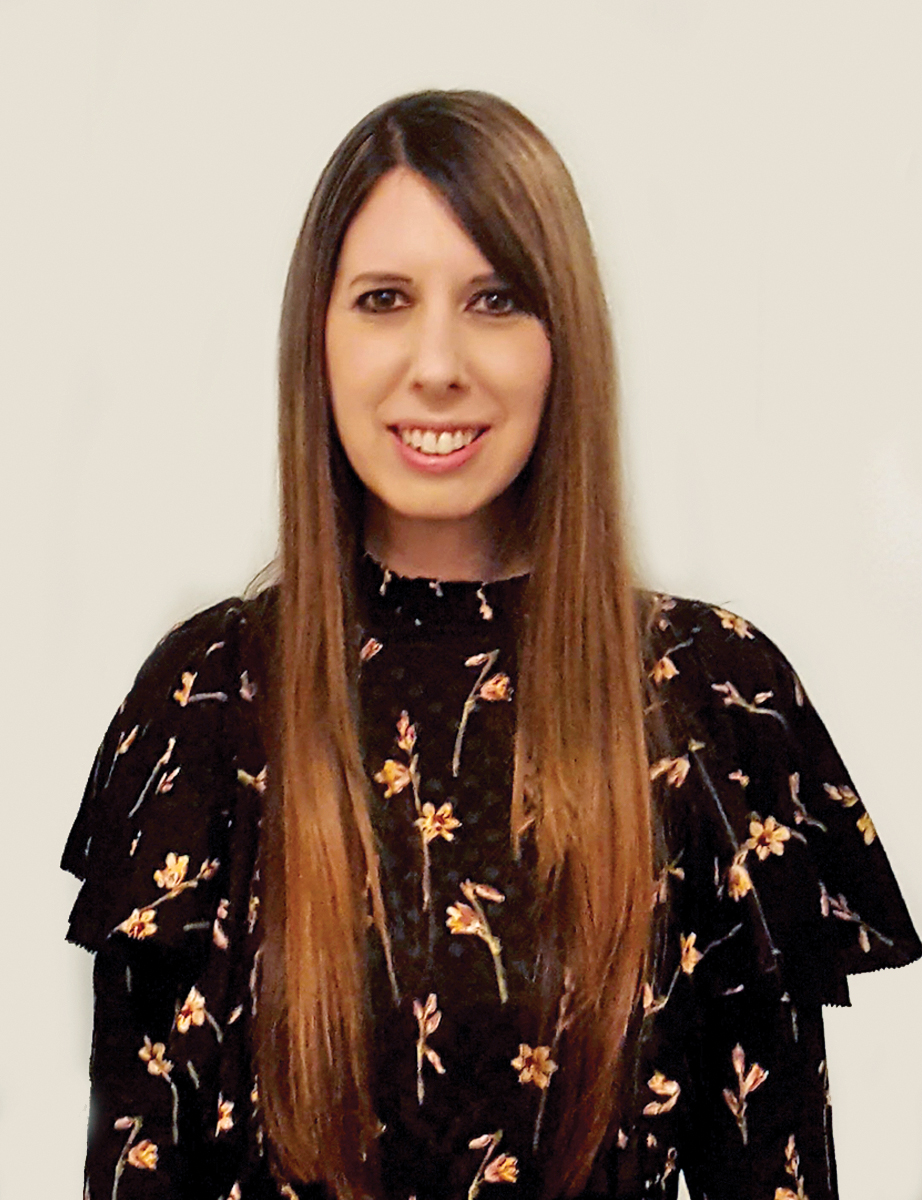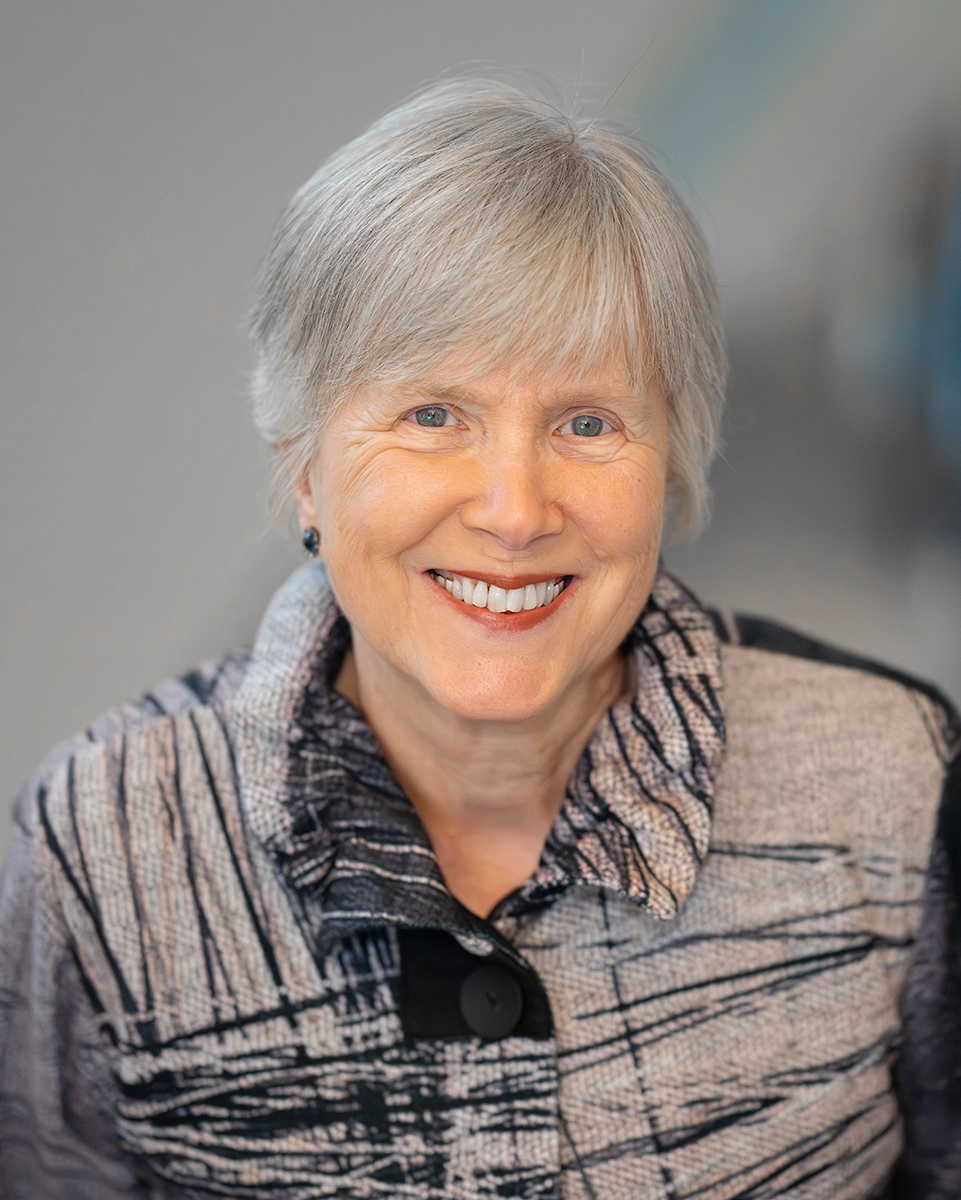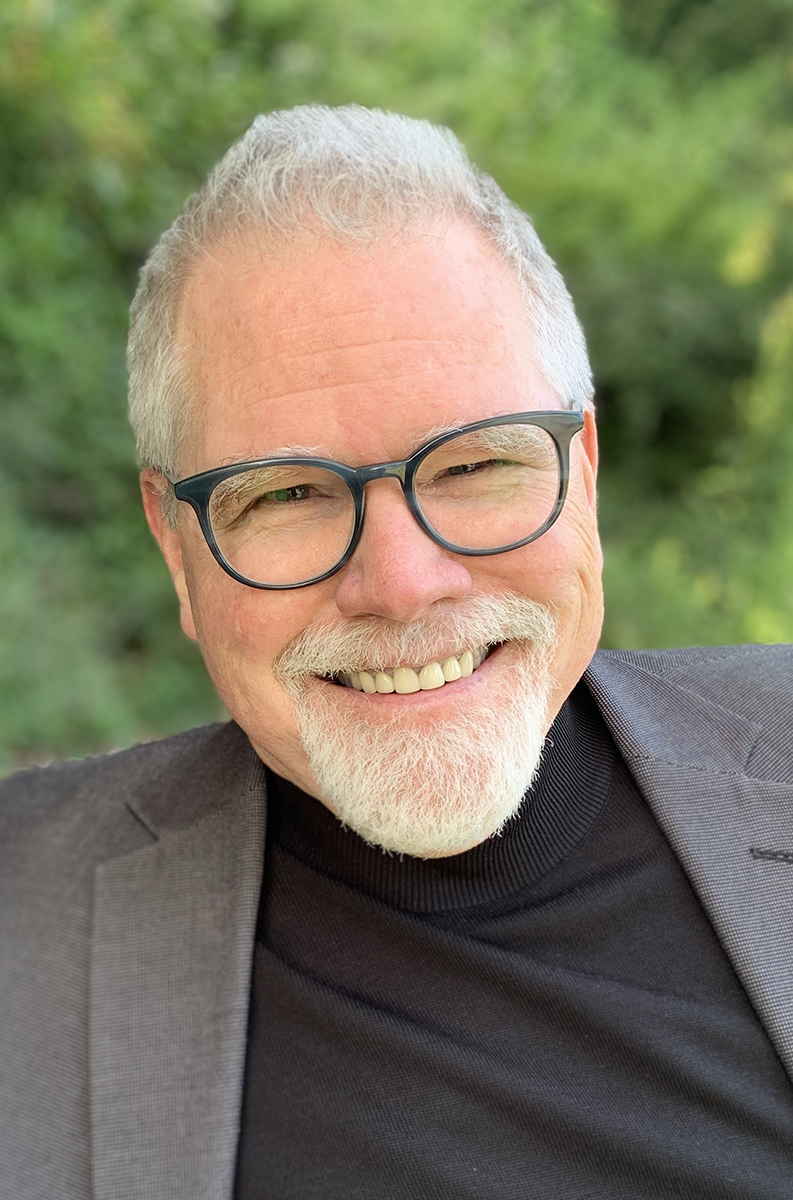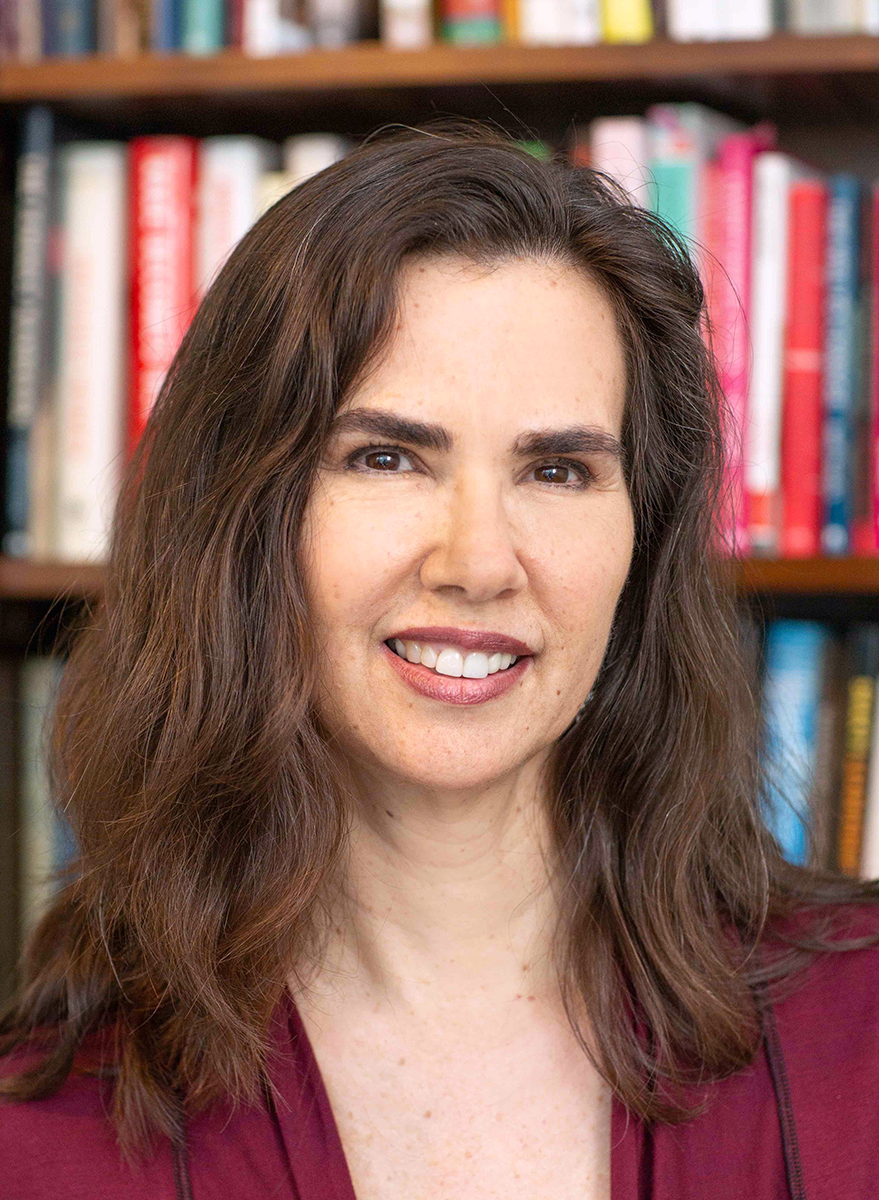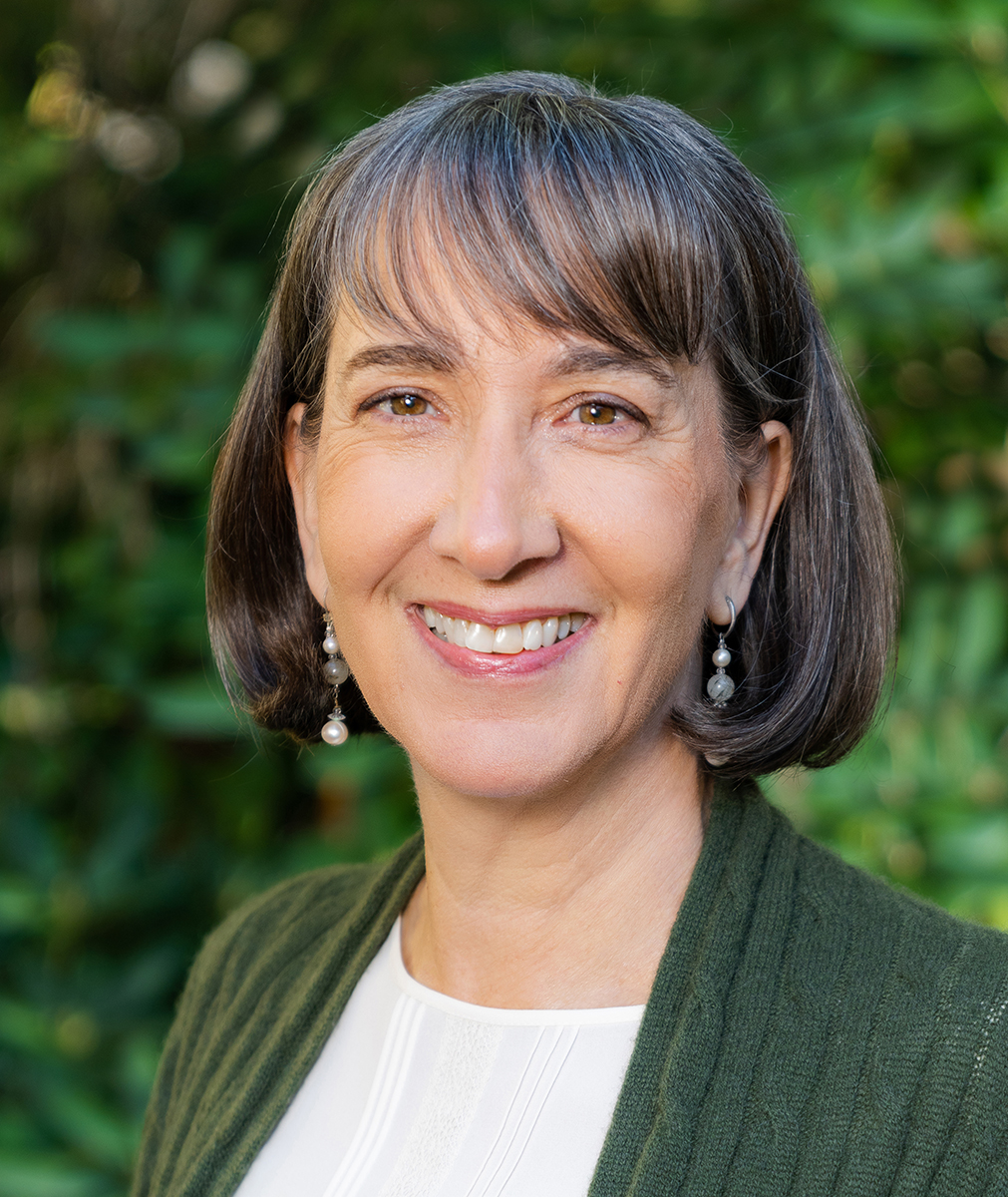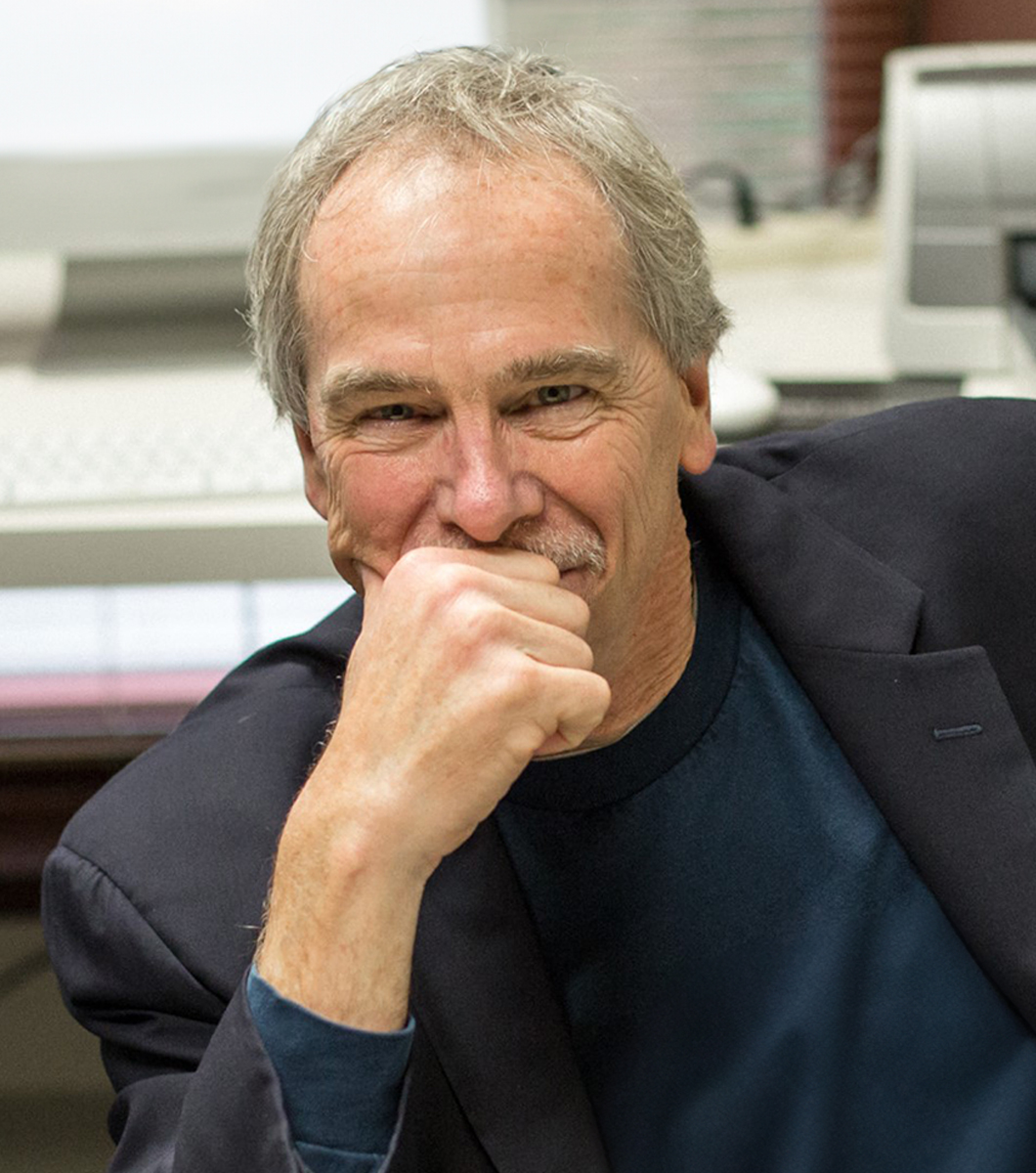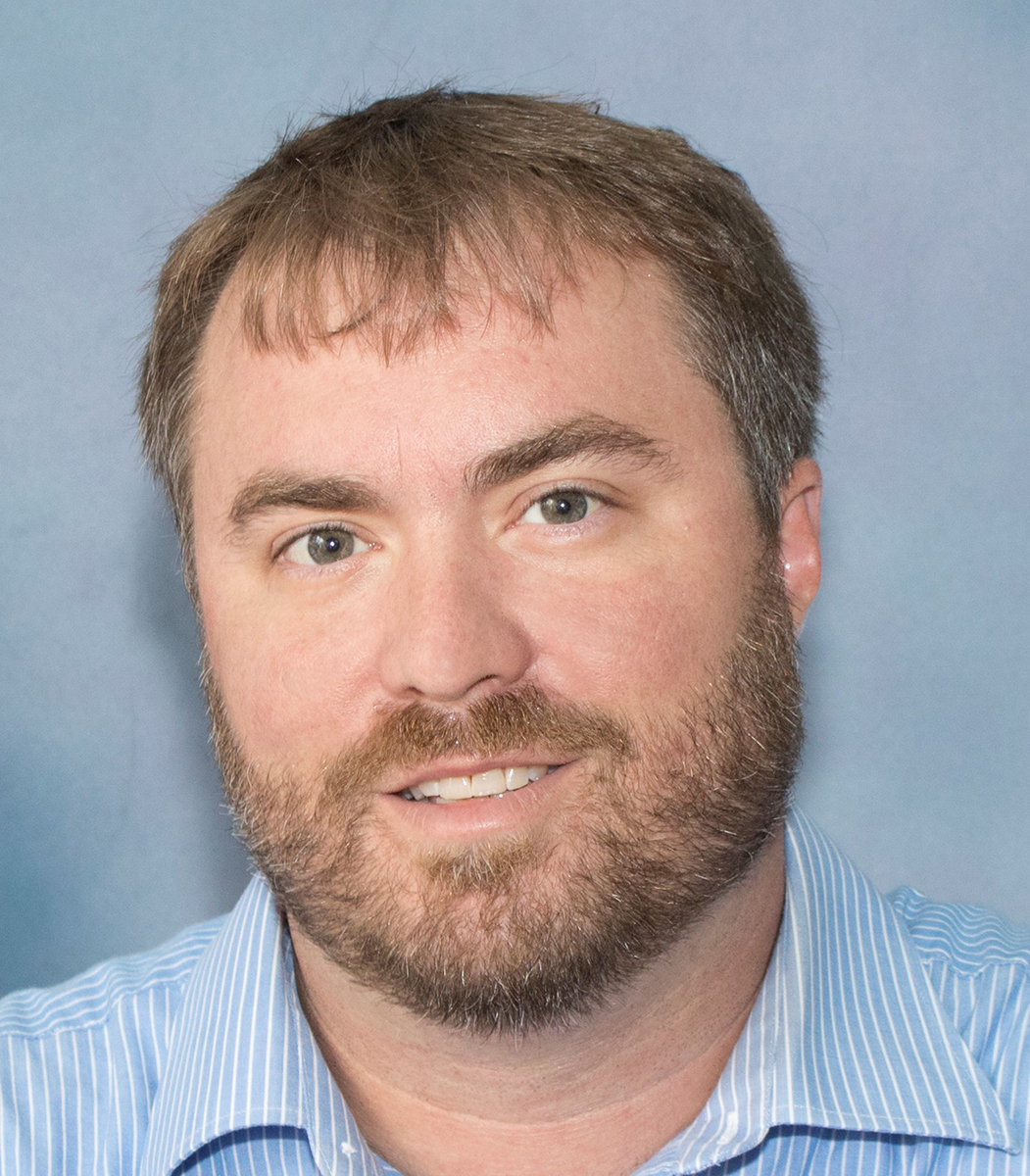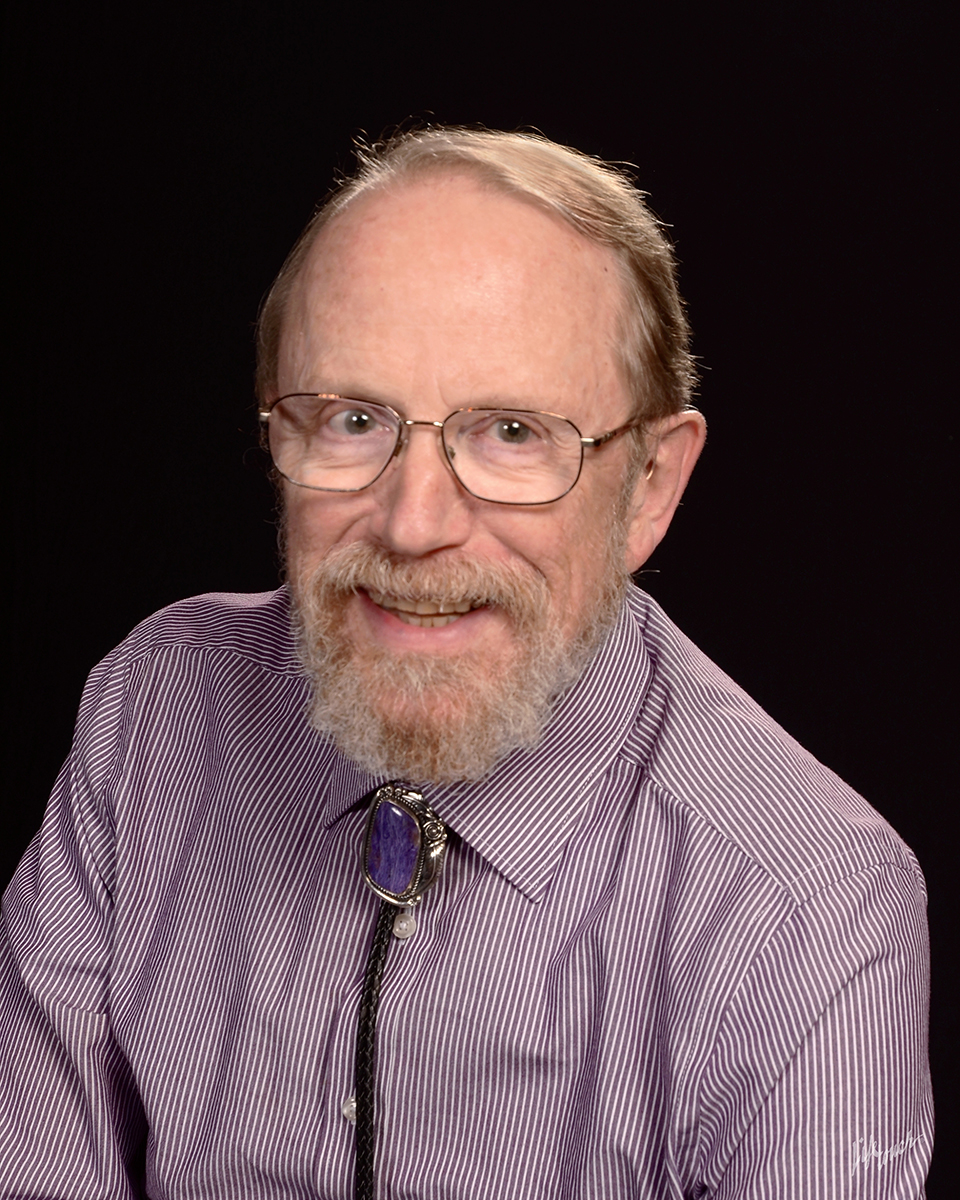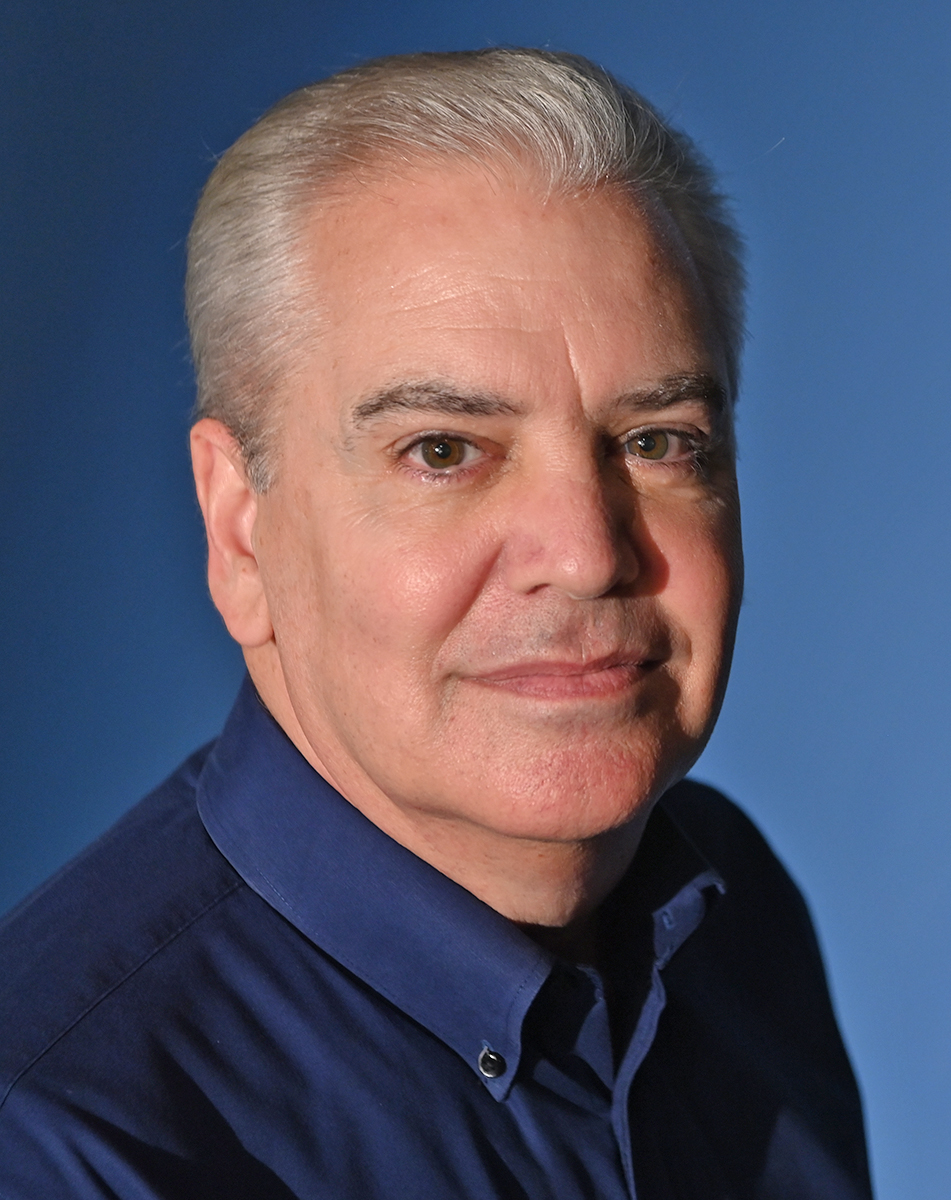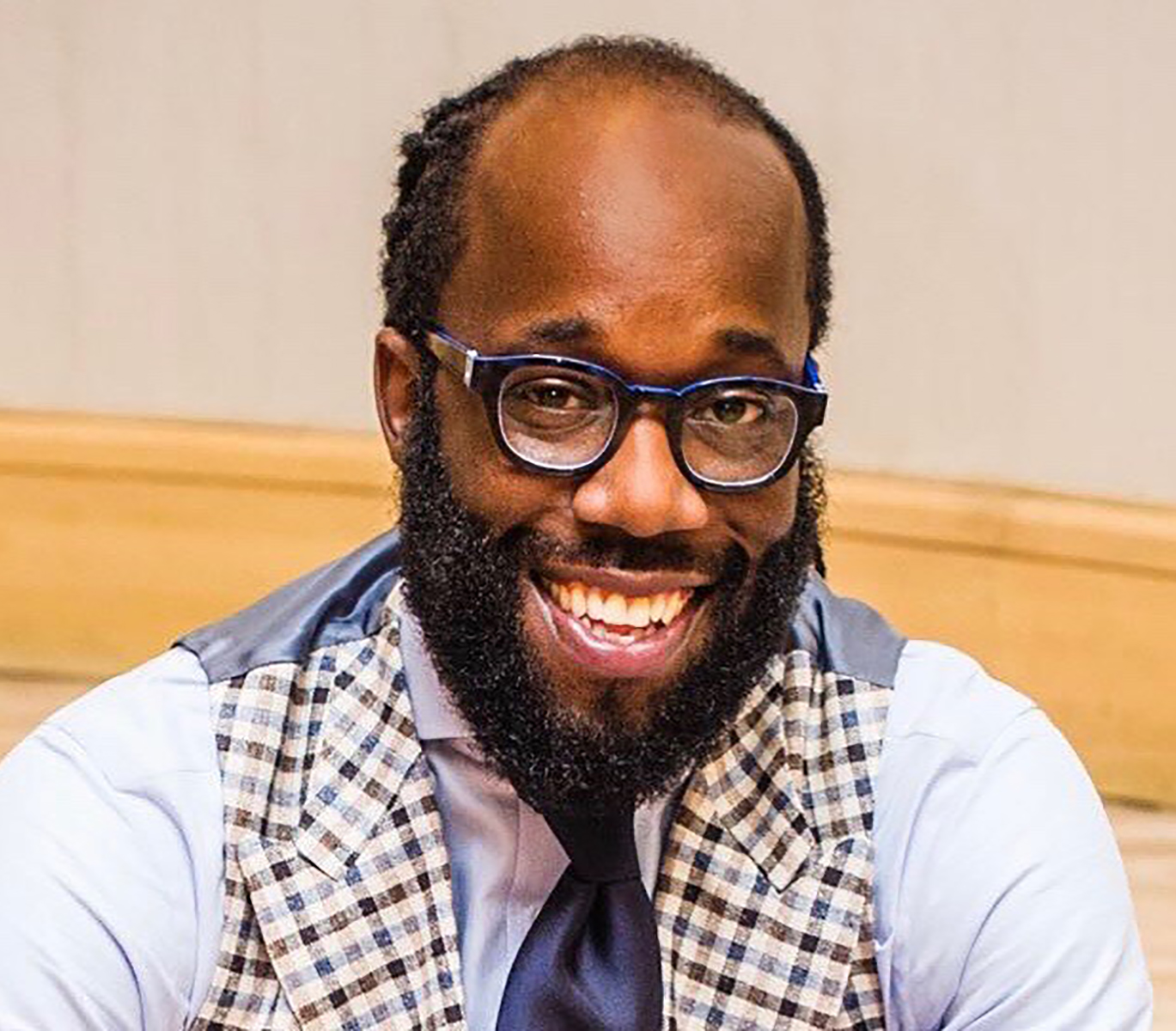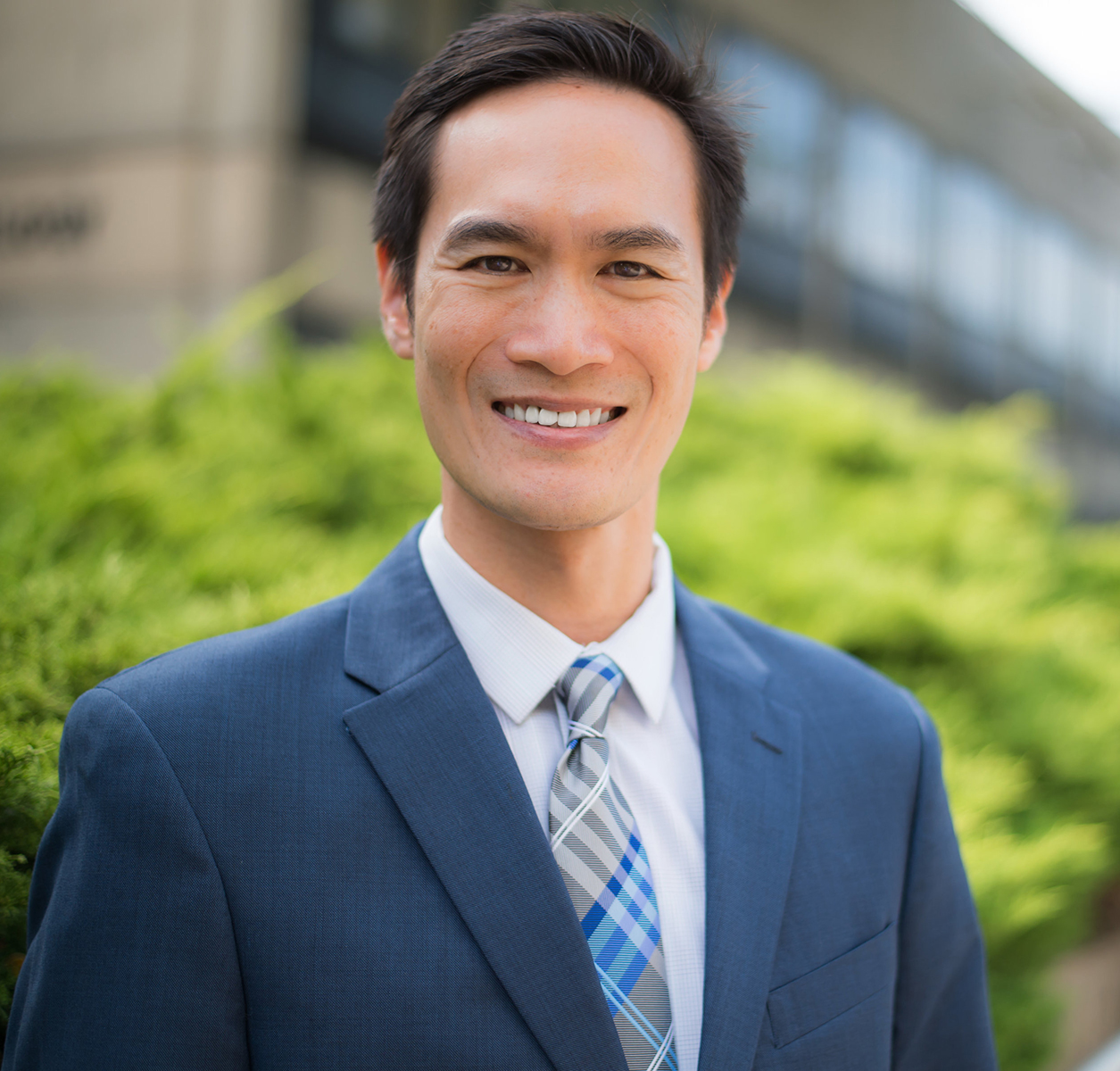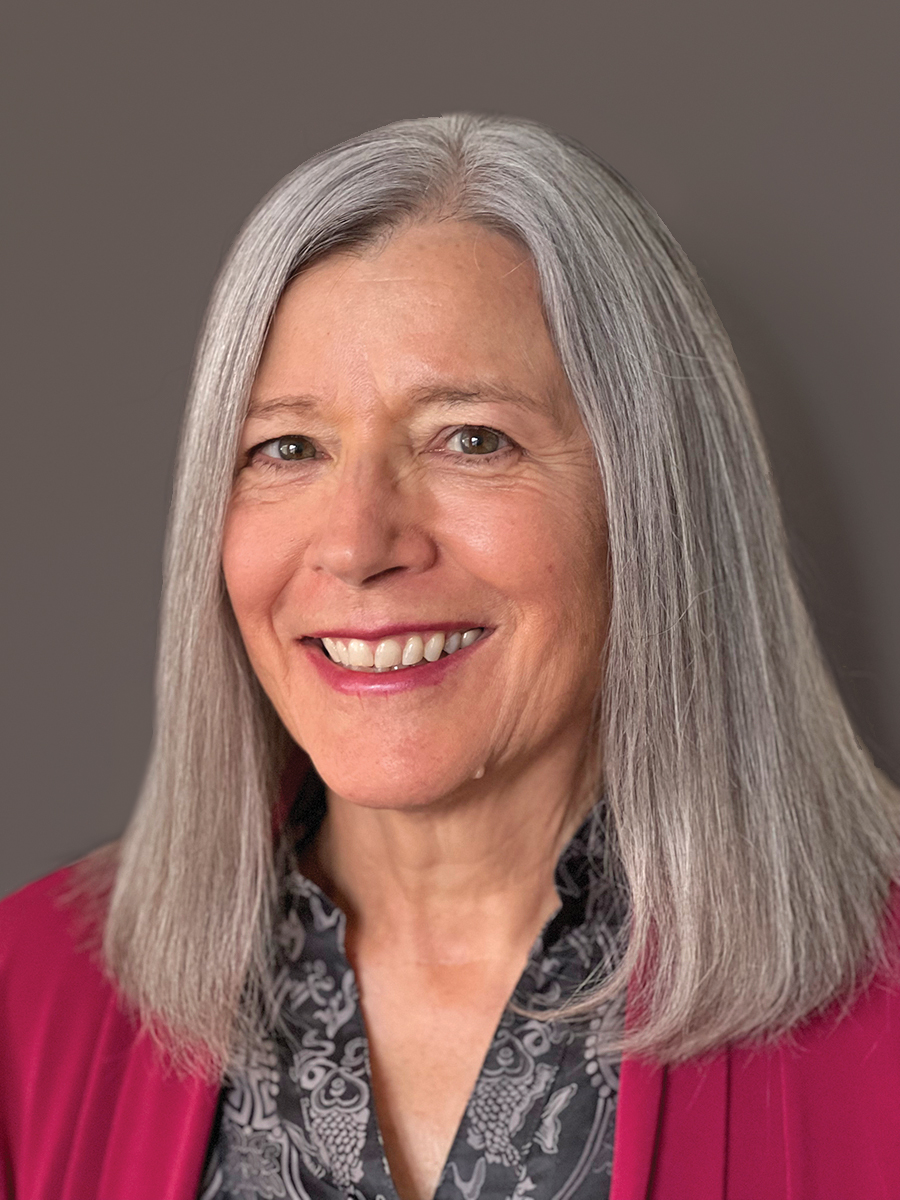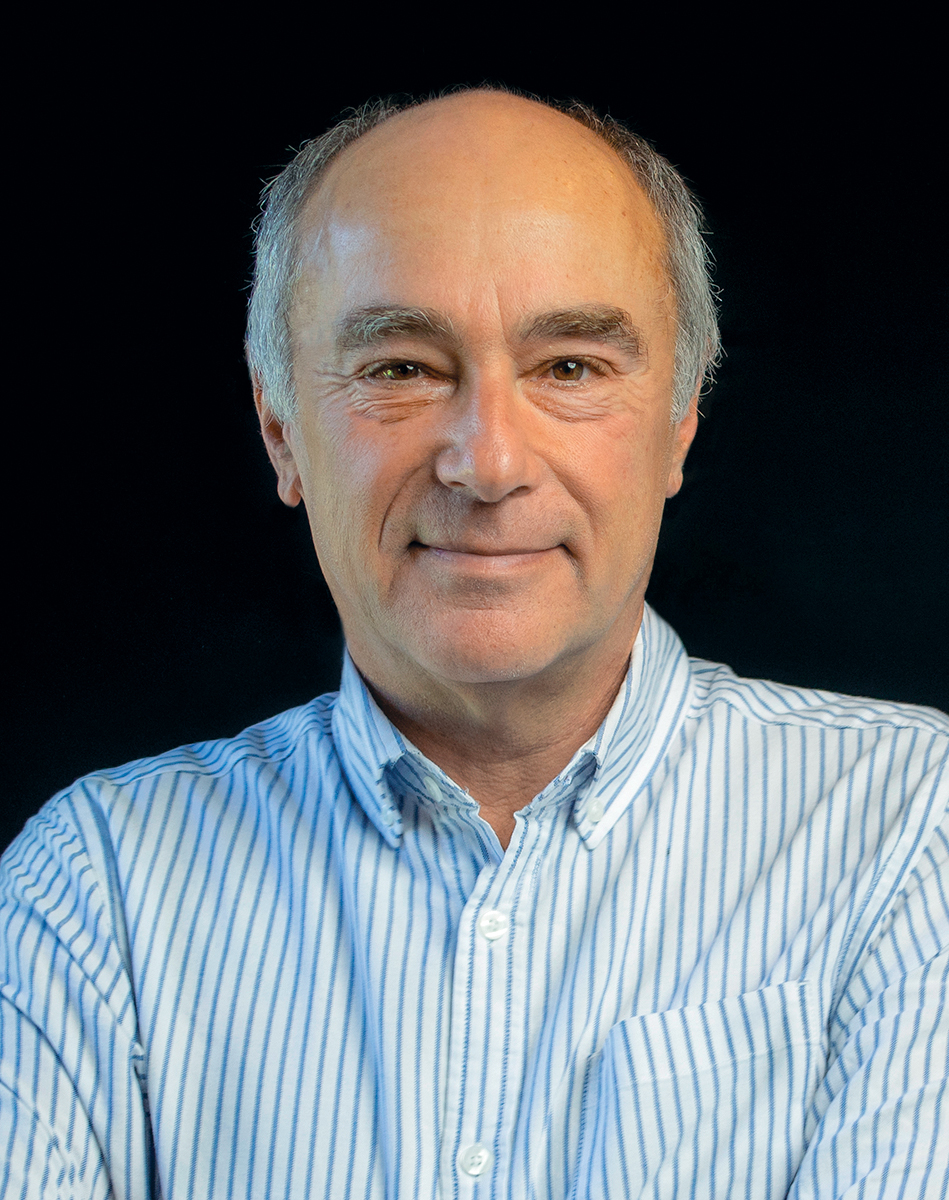Author of Spark
Q&A with the Author
- What made you decide to write this book?
- What was the hardest part of writing it, and what was the easiest?
- What is one important lesson or message you hope readers take away from the book?
- Are there any other books that greatly influenced your writing process and/or your research?
- What led you to your specific area of study (the subject of your book)?
- Tell us one fascinating thing about the topic.
- Are there any common misconceptions about the topic?
- What advances do you hope we will see in the next 10 years?
- What made you decide to go into the field of research methods and arts-based research?
- When you are not working, what do you do for fun?
- What is your all-time favorite book?
- Is there a project that you are excited to work on next? (A presentation, a workshop, writing another book, etc.)
Tell us more about your latest book!
What made you decide to write this book?
I'm a research methodologist and a novelist. My main area of expertise is "arts-based research (ABR)" which involves researchers in any discipline adapting the arts in their research projects. So my work as a methodologist and novelist is blurred. For years I wondered if there was a way to explicitly combine my passions and write a novel about research itself, but I didn't think it was possible. Then something extraordinary happened: I was one of fifty people invited to participate in a seminar on the neuroscience of creativity hosted by the Salzburg Global Seminar in Austria. Receiving that invitation was like winning the golden ticket to Willy Wonka's chocolate factory. The seminar occurred at the actual Sound of Music house in Salzburg, an incredible castle. The participants were a mix of world-renowned neuroscientists, artists, and a few others from around the world. We all felt deeply privileged to be there, but with that came a sense of responsibility to be of use while we were there. As a methodologist, I was constantly thinking through that lens. We were a group of strangers in a spectacular setting trying to engage in productive inter- and transdisciplinary dialogue. I started to think this was how to write a novel about the research process. For years I've advocated for the arts as a way to teach other subject matter, and my earlier novels are all based on sociological themes. I had wondered if there was a way to write a novel about the research process, interdisciplinarity, and critical thinking. In Salzburg, I got my answer. Over the course of the week the idea for Spark developed. After the seminar I spent some time in Vienna and wrote the entire outline. I put it in a drawer to allow it to stew. When I had met other commitments and felt the time was right, I began writing.
What was the hardest part of writing it, and what was the easiest?
The novel had to work on two levels, which was challenging in the beginning. Figuring out how to make it an engaging and hopefully enjoyable novel anyone could read, while at the same time teaching something specific for student readers, was tricky. There are also seven primary characters, which is much more than most of my novels. Many scenes show those seven characters engaged in dialogue. That was challenging. I had to push myself as a novelist to make sure each character had a clear speech style. There was a lot that came easily, too. When you're writing a novel there are days, sometimes weeks even, when you're in flow and it just pours out of you. That happened a lot with this book because I always knew the last line of the book. I knew what I was writing to and had fun getting there.
What is one important lesson or message you hope readers take away from the book?
To challenge the assumptions we have about others, about ourselves, and about what knowledge is and isn't valuable. There are also strong, and it seems timely, messages about overcoming divisiveness and reigniting the spark within each of us.
Are there any other books that greatly influenced your writing process and/or your research?
One of my own books was a pivotal step toward Spark. When I wrote Essentials of Transdisciplinary Research (2011) it became clear to me that transdisciplinarity is needed in order to address contemporary problems of import. We need to pool our disciplinary tools, perspectives, and resources, as well as experiential knowledge, in order to address major challenges. The real-world isn't structured the way the academy has designed itself. Real-world problems don't fit neatly into disciplinary borders. This is true across the board from violence to sustainability to cancer, and so on. We need holistic approaches and that requires folks with different sets of knowledge to learn how to work together. These ideas are reflected in Spark.
We are interested in learning more about your expertise.
What led you to your specific area of study (the subject of your book)?
When I was a sophomore in college I took a required survey of research methods course. It was a dreaded class that most students couldn't wait to finish, but I absolutely loved it. I know it sounds like a dry topic, but it isn't at all. Research methods are the tools we use to create all knowledge. They are the building blocks for everything we come to know. To me, that's endlessly fascinating. First I started exploring the conventional methods, or tools, available. I figured if we had more tools, we could ask and answer more questions. So then I started looking at emergent or innovative methods and that's how I stumbled upon ABR. There's tons of research to support that the arts are uniquely able to tap into a range of issues, reach people on deep levels, produce longer lasting learning, and prompt self and social reflection. Most of us know this from daily life — from how a movie helps us develop empathy, a song prompts us to think about our lives, or a historical novel teaches us something about past events. ABR made sense. As a part of my practice I began using fiction as a way to represent my research. Spark is a full-circle moment. The research process is fascinating and it's too bad that students often dread methods courses. I’m hoping Spark will help change that. I view Spark as a love letter to the curious, whether it's the kind of curiosity that leads to formal research or the curiosity we each have as we decide to explore 'what if' in our own personal lives.
Tell us one fascinating thing about the topic.
There's a field dubbed "literary neuroscience" that basically looks at our brains on fiction. Research shows that reading fiction engages our entire brain, including some unexpected areas, such as those involved with movement and touch. We literally place ourselves in the stories we read, becoming immersed. There are activations in our brains for days after reading a novel, which is not the case with nonfiction prose. Fiction thus carries enormous potential to teach a range of subject matter.
Are there any common misconceptions about the topic?
Although the arts have been used in knowledge-building for ages, ABR as paradigm developed in the 1990s. It's new. There isn't the long history that we have with traditional qualitative or quantitative research. As a result, there are fears and critiques. I think the biggest misconception comes from evaluating ABR using positivist criteria. Each research paradigm has strengths and weaknesses. They each produce methodological tools that are useful for some projects and not useful for others, depending on the purpose and questions. And they each need to be judged based on appropriate criteria. One might evaluate a survey based on validity and reliability, whereas one might evaluate one of my novels based on truthfulness, authenticity, resonance, and the usefulness of what they have taken away.
What advances do you hope we will see in the next 10 years?
I hope that ABR will garner more widespread legitimacy in the academic research landscape and that will be reflected in funding and publication structures. Maybe a novel like Spark won't be quite so unusual. I hope we will start trusting the science we have about the unique capabilities of the arts, and fiction in particular, and that other researchers and professors will see the benefits in using the arts to teach a range of subject matter.
Now a little bit about you…
What made you decide to go into the field of research methods and arts-based research?
I started college as a theatre arts major, but I took a couple of sociology electives and quickly became hooked. I discovered research methods early on and decided the more I learned about finding, adapting, and building new tools, the more research questions I could ask and answer. Then after I discovered arts-based research, a natural extension of my arts background, I wrote my first novel, Low-Fat Love. The response changed my life. I received countless messages from readers both inside and outside the academy, telling me about their lives and what the novel meant to them. At book talks and conferences, readers would stand in line for a chance to whisper their stories to me. Eight years later, I still receive many emails. I saw the power in these methods firsthand. I've been writing novels based on sociological themes ever since. I've also been writing and editing research methods textbooks about or that include ABR, such as my most recent text, Handbook of Arts-Based Research, which provides a comprehensive overview of the field. I’m especially proud of Research Design: Quantitative, Qualitative, Mixed Methods, Arts-Based, and Community-Based Approaches to Research. This is the first research methods textbook to cover all five approaches to research, with equal treatment of each. Other books typically review only three approaches.
When you are not working, what do you do for fun?
I love movies. I try to see at least one or two in the theater each week. I also love anything in the arts so I read a lot for pleasure and I go to museums, art galleries, theatre, dance performances, and concerts whenever possible. The arts inspire me.
What is your all-time favorite book?
Piece by Piece by Tori Amos. I love memoirs, I'm fascinated by how different artists and writers approach the creative process, and she's my favorite musician—so this book has it all for me!
Is there a project that you are excited to work on next? (A presentation, a workshop, writing another book, etc.)
I have a few books in the hopper, fiction and nonfiction, but right now I'm focused on things related to Spark. I just love this book so much that I’m excited to share blog posts I've written about it, to speak to interviewers in popular and academic circles, and to meet readers at scheduled book signings. I'm especially looking forward to speaking at the Iceland University of the Arts in September. Spark is set in Iceland so it's an honor to bring it to Icelandic audiences.
See all titles by and read more about Patricia Leavy on her author page!
